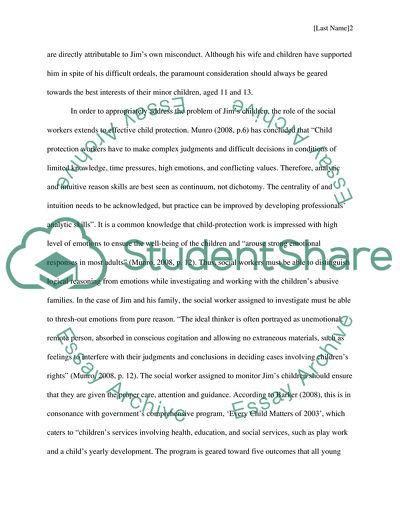Cite this document
(The Role of the Social Workers Case Study Example | Topics and Well Written Essays - 2750 words - 1, n.d.)
The Role of the Social Workers Case Study Example | Topics and Well Written Essays - 2750 words - 1. https://studentshare.org/law/1750002-social-work-law
The Role of the Social Workers Case Study Example | Topics and Well Written Essays - 2750 words - 1. https://studentshare.org/law/1750002-social-work-law
(The Role of the Social Workers Case Study Example | Topics and Well Written Essays - 2750 Words - 1)
The Role of the Social Workers Case Study Example | Topics and Well Written Essays - 2750 Words - 1. https://studentshare.org/law/1750002-social-work-law.
The Role of the Social Workers Case Study Example | Topics and Well Written Essays - 2750 Words - 1. https://studentshare.org/law/1750002-social-work-law.
“The Role of the Social Workers Case Study Example | Topics and Well Written Essays - 2750 Words - 1”. https://studentshare.org/law/1750002-social-work-law.


